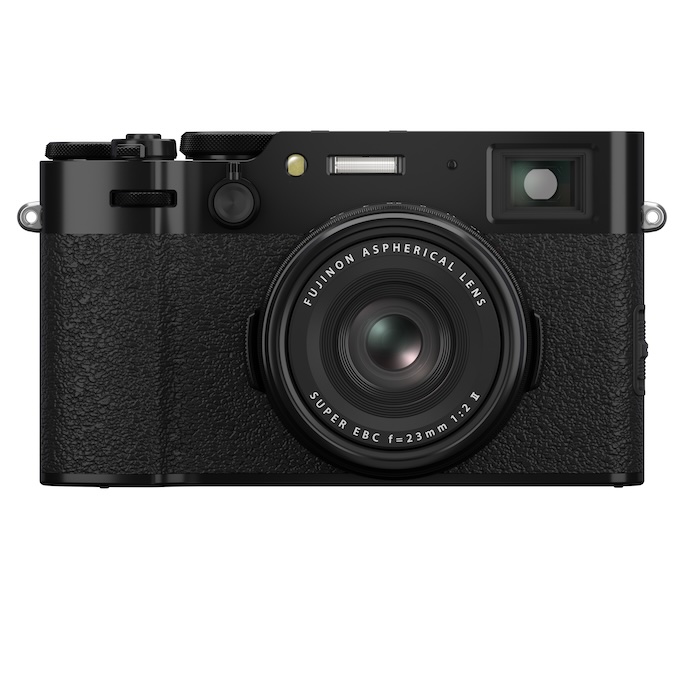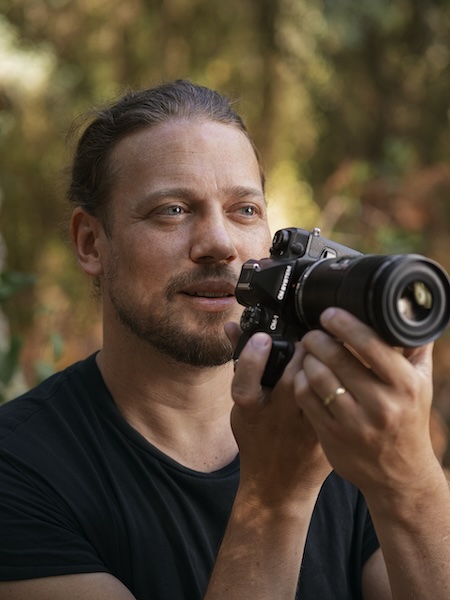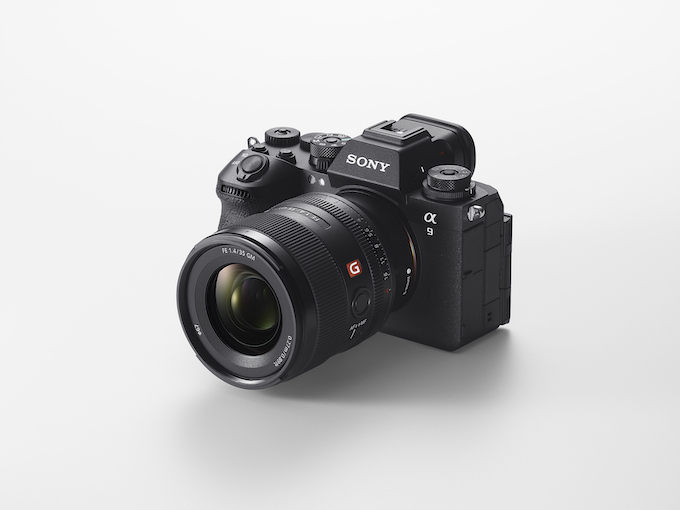Cameras
Fujifilm broke new ground in the medium-format camera market with the GFX 50S, a camera that looked and functioned more like a conventional mirrorless than your traditional medium-format system. With the GFX 100, they’ve piled in more medium-format firsts.
[Cameras and Lenses For All You Medium-Format Shooters Out There]
For starters, it’s the first camera in its class to use a 102-megapixel back-side illuminated image sensor, in-body stabilization and a hybrid autofocus system with phase detect pixels covering nearly 100 percent of the image sensor. According to Fujifilm, the AF system is 210 percent faster than the contrast-detect system used in the GFX 50R.
It’s also capable of recording 4K (4096 x 2160)/30p video at 400Mbps)—another medium-format first. You can apply Fujifilm’s film simulations during video recording as well as output a 10-bit, 4:2:2 signal through HDMI to an external recorder. The camera supports Fujifilm’s F-Log profile (Rec 2020) and there are both microphone and headphone jacks for audio recording and monitoring.
[How to Capture Killer Audio in Wedding Films]
Beyond its video prowess, the GFX 100 offers a native ISO range of 100 to 12,800 (expandable from 50 to 102,400) and 16-bit RAW image capture. You’ll enjoy 5.5 stops of image stabilization along five axes thanks to the camera’s in-body stabilizer.
On the design front, the camera sports a 3.2-inch tilting touch display and ships with a removable EVF. The GFX 100 is weather sealed in 95 places across the camera body and the detachable EVF. It uses a double structure design to segregate the imaging unit (sensor, lens mount) from the main body panel to improve durability. Size-wise, it measures and weighs in at about the same dimensions as a flagship DSLR with two batteries and the EVF attached.
Resolution & Sharpening
The Fujifilm GFX 100 captures 100 percent of its sensor’s theoretical maximum at ISO 100 and 400 (out of a total possible result of 120 percent).
The camera can capture over 90 percent of its sensor’s theoretical maximum resolution at ISOs 800 through 6400. Resolution drops to 82 percent at the top native ISO of 12,800 and down to 75 percent at the extended setting of ISO 51,200.
In-camera sharpening was found to be moderate, though slightly stronger than that applied by the 50-megapixel GFX 50R.
Visual Noise
Contracted by the Technical Image Press Association (TIPA), the lab Image Engineering (IE) found that noise is visible in every image enlarged to 100 percent on a digital display starting right at ISO 100. By contrast, the GFX 50R didn’t begin to show obvious noise in this viewing condition until ISO 800. By ISO 12,800 IE warns that noise would be “disturbing.”
However, when viewing GFX 100 output as a postcard-sized print, noise won’t be visible at any of the native ISO settings—a performance IE deemed “superb.” In a large print, noise is similarly not visible in any of the native ISO settings. Again, superb by IE’s reckoning.
[Printers, Papers and Custom Art Options for Photographers]
Dynamic Range & Color Reproduction
Dynamic range in the GFX 100 measures in at a respectable 9.3 f-stops at ISO 100 and 9.0 at ISOs 400 and 800. This trails the performance of the 50R, which hit 10.8 stops at ISO 100.
IE found that the dynamic range in the GFX 100 remains consistent: it’s 8.9 stops at ISO 1600, 8.7 at ISO 3200, and 8.5 at ISO 6400. Dynamic range drops off to 7.5 stops at ISO 12,800.
Color reproduction is excellent. Only five colors show deviation from the original hue when reproduced by the GFX 100, all of which are bright reds. White balance, on the other hand, performed only “fairly well” at ISO 100 and poorly at ISO values above that.
Video
The GFX 100 could resolve 100 percent of its sensor when shooting video at base ISO (which, for videos, is ISO 200). Visual noise would not be obvious in videos shot at ISO 200 and only just visible, when viewing a 100 percent enlargement of a video frame, at ISO 1600.
As with stills, IE found that the GFX 100’s automatic white balancing missed the mark, delivering poor results at ISO 200 and ISO 1600. On the flip side, dynamic range measured in at an excellent 11 stops at ISO 200 and 10.3 stops at ISO 1600.
[10 New Pieces of Gear for Filmmakers]
Speed and Performance
The camera’s start-up time clocked in at 1.8 seconds, slower than the GFX 50R’s 1.2 seconds. The GFX 100 records 4.3 frames per second for a total of 80 frames in JPEG mode, faster than either the GFX 50R or the GFX 50S (3.0 frames per second in each). That’s also faster than the speed promised by competitors like the Hasselblad X1D 50c (Mark I or II). In RAW mode, the GFX 100 shoots 4.3 frames per second for a total of 16 frames.
Autofocus in bright light took 0.2 seconds, plus a shutter lag of 0.1 seconds. That’s speedier than both the GFX 50R or 50S.
A detailed explanation of the how Image Engineering test cameras for TIPA can be found here.
Price: $10,000
fujifilmusa.com





